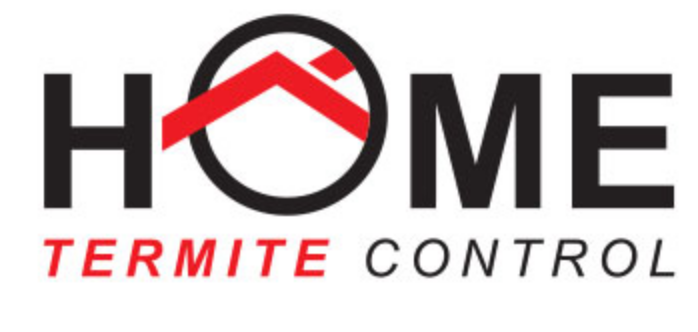Termites have been around the earth for at least 250-million years. No matter how irritating these insects are, they actually play a significant part in decomposition process by breaking down dead wood in the jungle, which then speeds up the conversion of nutrients into the earth. Nevertheless, when they threaten our homes, it’s not difficult to disregard their role in the environment.
So, you may be asking, “How to control termites at home?” Well, the best way to control termites is to keep them from showing up in and around your property. To avoid any impending termite problems, read on below some useful tips for termite prevention.
Moisture – Termites are crazy about moisture. So to control termites, it’s crucial to remove damp areas in and around your house. The drier your exterior is, the less likely termites to come and pay your house a visit.
Avoid water leakage and any other instances where water can accumulate, which consequently promote termite growth. As such, immediately fix leaky faucets, plumbing or air conditioners to ensure the ground around your home stays dry.
Regularly clean gutters, downspouts, and splash blocks to avoid rainwater build-up. If you don’t have splash blocks, consider using them to help keep water away from the foundation.
Water far from your house, and adjust sprinklers to prevent them from showering directly onto wood walls and siding.
Wood – Deprive termites of their favourite food—wood. Store away all wooden products that you don’t need; any spare wood left lying around attracts termites.
Never stack or store firewood, timber, newspapers, cardboards, and any other cellulose materials near the foundation or crawl spaces—and away from the house.
Wood Contact – Remember that termites burrow through the soil to reach your home. That’s why as much as possible, wooden parts of your house must not touch the soil. They should ideally be at least six inches above the ground.
Get rid of dead trees, stumps, roots, scrap lumber, fallen branches, and other wood chippings/debris from your yard.
Use termite-resistant wood in areas where wood must come in contact with the ground, and be sure to pre-treat the wood when renovating or constructing a new house.
Wood Mulch – Wood mulch is a protective covering that is laid over the soil surrounding plants to enrich the soil, while also retaining its moisture and preventing erosion. But it can also attracts termites, especially when damp. Avoid placing wood mulch beside or near the foundation of your house, wood frames of doors and windows. As an alternative, you may also want to use pea gravel or crushed stone, which are less attractive to termites and other bugs.
Vegetation – Trees, shrubs, and any flora type should never come in contact with your home. Trim bushes, shrubs, and vines away from the foundation to help prevent termite growth.
Cracks – Regularly check your home for cracks or holes in the slab and foundation, as these may already be signs of termite invasion. Make sure to repair/seal/fill them up as soon as possible.
Termite Inspection – As a preventative measure and to ensure that termites don’t come anywhere near your property, it’s best to perform a regular termite inspection done by a professional termite company.
